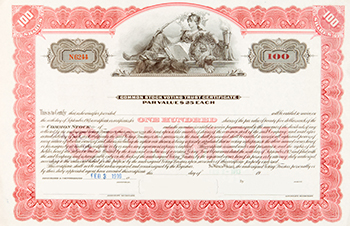The Covered Call
Posted October 3, 2023

Buying a call is the most basic option strategy. One purchases a call option when one expects the stock price to rise above the strike price on or before expiration. If this occurs, the trader can either exercise the rights of the call and purchase shares below market value or, more likely the trader will sell the call option for a nice profit. Recall that roughly 65% of options are closed, whereas only 10% are exercised and converted to the purchase or sale of the underlying security.
But what about the trader who sells the call? The call seller accepts the obligation to deliver the shares at the strike price if they are assigned on the call option. The call seller anticipates that the stock price will stagnate or drop. In either case the case the call seller wins and keeps the premium paid by the call buyer.
Suppose one trader holds a call option on XYZ stock at the $100 strike. The trader made a good “call” because the stock popped to $115 shortly after the call was purchased. This trader exercises his right and the call seller is assigned. The call seller must deliver 100 shares of stock. This is an unpleasant scenario for the call seller if they did not have 100 shares of the stock in their account. If they sold an uncovered call they would need to go out on the market, purchase 100 shares at $115 and deliver them to the call buyer at $100 per share. The call seller will realize a loss of $1,500 in this scenario.
But what if this call seller had 500 shares of XYZ Stock in his account that he had purchased ten years ago for $45? In this scenario, the call seller collected a premium for selling the call and was confident that at expiration, he would either have the stock plus the premium in his account or the premium plus a sale of the stock at $100 per share, a net profit of $6500 on the 100 shares of XYZ. In this scenario, the call seller had the stock to cover the option he sold. This strategy is known as the covered call.
The trader who sells a covered call owns the underlying stock. The call seller can select a strike price that is significantly higher than the current stock price. The call seller can also select the expiration date. If the seller selects a strike that is quite a distance from the current price and a short expiration, the chances are less likely that the call option will have value on or before expiration. As such, there are fewer buyers for that option, and a lower premium to be gained. Conversely if the call seller selects a strike that is closer to the current price and a longer expiration, there is more probability that the option will have value and thus will garner a higher price.
Now you know one of the most popular option strategies! And I saved the best part for last. The call seller can sell the call again and again, so long as they are not assigned on the call the call seller can “rinse and repeat.” This is a clever way to create a “dividend” from a stock that would otherwise have none.

